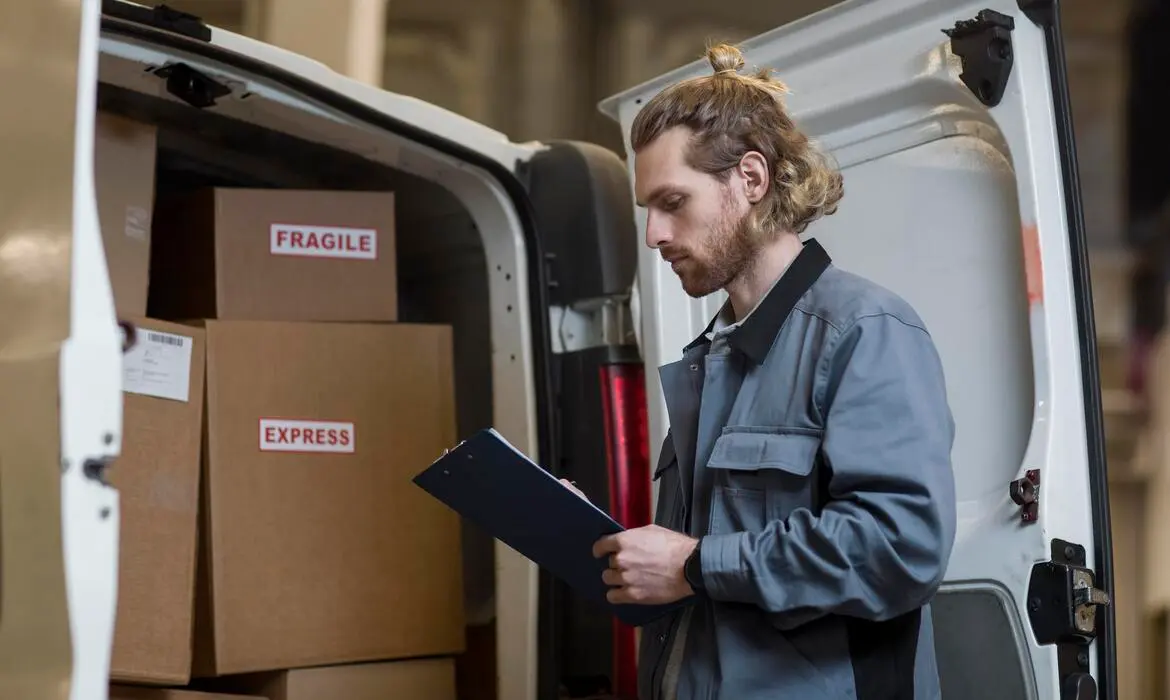Creating Interactive Map-Powered Dashboards for Fleet and Inventory Control
Modern logistics thrives on precision. Whether it’s tracking a shipment across state lines or managing warehouse shelf inventory, location-based intelligence can drive smarter decisions. This is where geospatial dashboards come in—bringing clarity to chaos using real-time maps and data overlays.
In this blog, we’ll walk through how we built a dynamic fleet and inventory dashboard using Mapbox, Leaflet.js, and a modern React interface—built for operations teams that need visibility, speed, and insight.
Why Geospatial Tools Matter in Logistics
Traditional dashboards show numbers. But geospatial dashboards show movement—of trucks, containers, and even pallet-level inventory. In high-volume operations, this visual intelligence can:
Reduce idle time for delivery fleets
Help warehouses respond faster to restocking needs
Spot inefficiencies in routing and inventory allocation

How We Built the Dashboard: Tools and Approach
To bring the dashboard to life, we used:
React: For modular UI and fast state updates
Leaflet.js: To create lightweight, customizable maps
Mapbox: For route visualization and location accuracy
Node.js + Express: Backend data handling
MongoDB: To store vehicle logs, location history, and inventory metadata
With Leaflet, we rendered maps with low latency even on lower-powered warehouse devices. Mapbox helped us visualize:
Fleet routes and their real-time position
Geo-fenced zones for delivery checkpoints
Inventory heatmaps inside warehouse layouts
Key Features That Transformed Operations
This wasn’t just a pretty map — we packed the dashboard with actionable logistics intelligence.
Fleet Features:
Real-time vehicle tracking with status indicators
Route playback and deviation alerts
Driver check-in data with timestamps
Inventory Features:
QR/barcode scanning for live inventory sync
Visual stock level overlays
Section-wise product allocation view
Why Leaflet + Mapbox Were a Winning Combo
You might ask: Why use both Leaflet and Mapbox?
Leaflet gives us flexibility for custom map interactions and overlays
Mapbox provides elegant, scalable map tiles and advanced routing APIs
Combined, they let us build a snappy and insightful experience even for large datasets
Our users could filter by vehicle ID, warehouse section, or delivery zone—all while watching the live map update in milliseconds.

Real-World Results We Achieved
After deployment, our logistics client reported:
30% faster vehicle dispatch decisions
Significant reduction in lost or misplaced inventory
Improved coordination between warehouse and delivery teams
And because it’s all browser-based, there’s zero install overhead. Just login and track your entire operation from a tablet, desktop, or laptop.
Q&A: Behind the Tech Stack
Q1: Can this dashboard handle large-scale fleet operations across multiple cities?
A: Yes. The system is designed with scalability in mind. We use clustering in Leaflet and lazy loading of vehicle/location data to ensure smooth performance, even with hundreds of active nodes across different regions.
Q2: How accurate is the vehicle tracking in real time?
A: Accuracy depends on the GPS module of the vehicle, but with Mapbox’s advanced location services and real-time data polling (or WebSockets), we typically get updates every 5–10 seconds with high precision.
Q3: Is it possible to overlay custom warehouse layouts on the map?
A: Yes. We support uploading custom SVG or image-based floorplans and aligning them to geospatial coordinates. This allows warehouse teams to visualize stock levels and aisle movements within their own physical layout.
Q4: What tech measures ensure data security and user role protection?
A: All communication is encrypted (HTTPS + JWT auth). We use role-based access control (RBAC) on the backend to ensure that only authorized users (e.g., dispatcher, inventory manager) can view or modify relevant data.
Q5: Can I integrate this dashboard with our existing ERP or transport management system (TMS)?
A: Definitely. We’ve built the backend with REST and GraphQL endpoints that can sync or fetch data from your ERP or TMS, allowing seamless two-way integration with your existing tools.

Final Thoughts
Map-powered dashboards aren’t just for developers—they’re changing the way logistics companies operate. By combining location intelligence, real-time data, and smart UI/UX, teams can spot issues faster, plan routes better, and maintain tighter control of their inventory.
In a world where speed and accuracy matter, tools like this can give logistics businesses a serious competitive edge.

